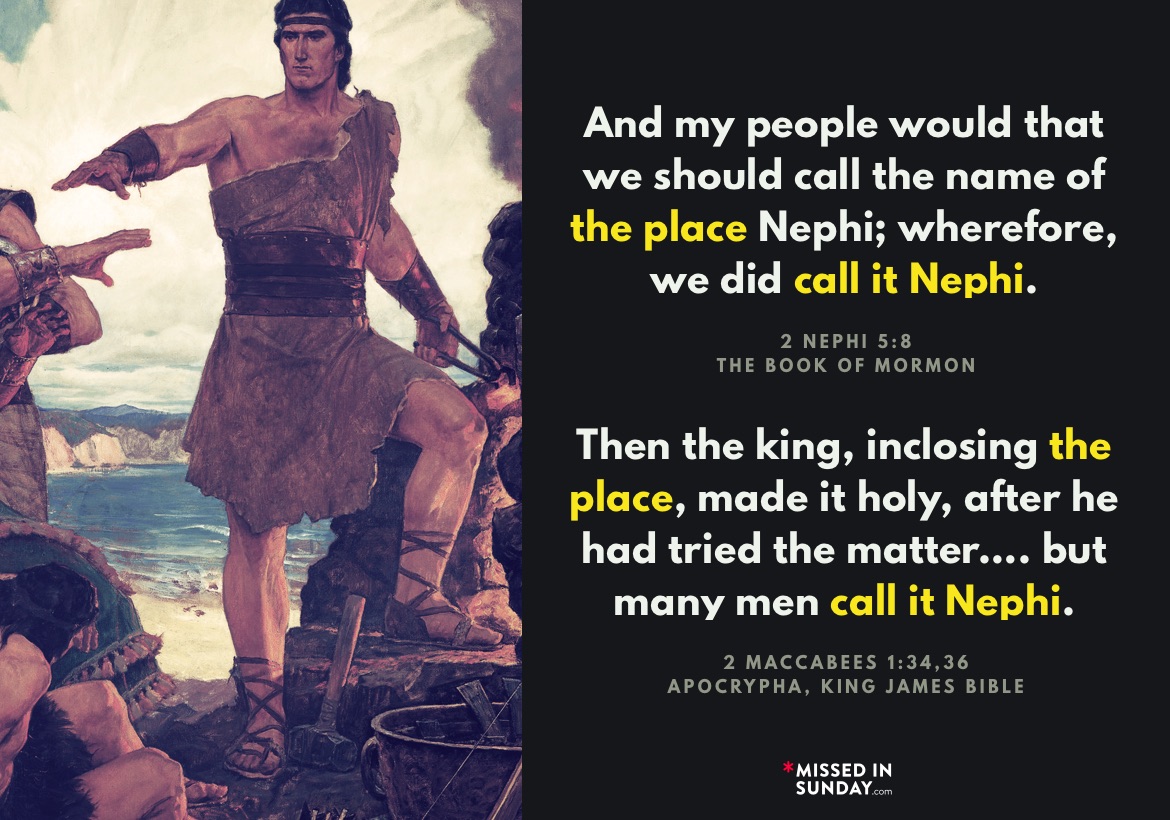Have you ever wondered why the Book of Nephi is not included in the Bible? In this blog post, we will explore the reasons behind its absence from the biblical canon and uncover the significance of this omission. While the Book of Nephi is a crucial component of the Latter-day Saint scripture, it is not recognized as part of the traditional Christian Bible. Understanding the reasons behind this decision can provide valuable insights into the formation of the biblical canon and shed light on the diverse perspectives within the world of religious texts.
By delving into the exclusion of the Book of Nephi from the Bible, we can gain a deeper appreciation for the complexities of religious history and the diversity of beliefs within Christianity. Exploring this topic can also prompt us to reflect on the criteria used to determine what constitutes canonical scripture and challenge us to consider alternative perspectives on the biblical narrative. Ultimately, this exploration can enrich our understanding of religious texts and inspire us to engage with different traditions and viewpoints.
The Missing Link: Understanding Why the Book of Nephi is Excluded from the Bible
Why is the Book of Nephi Not in the Bible
The Book of Nephi is a significant text in the religious canon of The Church of Jesus Christ of Latter-day Saints (LDS Church) and plays a central role in their scripture, the Book of Mormon. However, it is not part of the traditional Christian Bible that is widely recognized and used by other Christian denominations. There are several key reasons why the Book of Nephi is not included in the Bible as it is known today.
Different Origins and Histories
One of the primary reasons the Book of Nephi is not in the Bible is because it comes from a different cultural and historical context. The Book of Mormon, including the books of Nephi, was purportedly translated by Joseph Smith in the early 19th century from ancient golden plates given to him by an angel named Moroni. This narrative of the book’s origins and its content differ significantly from the formation and compilation of the Bible, which evolved over centuries and through various councils and committees.
Theological Differences
The teachings and doctrines found in the Book of Nephi also diverge from traditional Christian beliefs in some fundamental ways. For example, the Book of Mormon presents an account of Christ’s ministry in the Americas following his resurrection, which is not recorded in the Bible. Additionally, the theology and religious practices outlined in the Book of Mormon, including concepts such as the priesthood authority and the plan of salvation, differ from those found in mainstream Christianity.
Historical Context
Another reason for the exclusion of the Book of Nephi from the Bible is the historical context in which it was written. The events described in the Book of Mormon take place in the ancient Americas and involve indigenous populations that are not mentioned in the biblical accounts. The lack of archaeological evidence supporting the historicity of the Book of Mormon narrative has also led many scholars and theologians to question its authenticity and inclusion in the biblical canon.
Ecclesiastical Authority
In addition to these factors, the decision of what texts to include in the Bible ultimately came down to ecclesiastical authority and tradition. The early Christian church fathers and councils determined which books were considered inspired and authoritative based on criteria such as apostolic authorship, orthodoxy, and widespread acceptance among the Christian communities. Since the Book of Mormon and the Book of Nephi emerged outside of this traditional process, they did not meet the criteria for inclusion in the Christian Bible.
Conclusion
In conclusion, the absence of the Book of Nephi from the traditional Christian Bible can be attributed to its unique origins, theological differences, historical context, and the criteria established by early Christian authorities for determining canonical texts. While the Book of Nephi holds great significance for Latter-day Saints and serves as a foundational scripture for their faith, it remains distinct from the biblical canon recognized by mainstream Christian denominations.
Where is Nephi mentioned in the Bible?
Nephi is not mentioned in the Bible. He is actually a prominent figure in the religious text called the Book of Mormon, which is a separate scripture from the Bible used by members of The Church of Jesus Christ of Latter-day Saints. Nephi is known for being a prophet, a leader, and a key figure in the narrative of the Book of Mormon. It is important to note that the Book of Mormon is considered additional scripture and not part of the Bible.
Which book in the Bible is called Nephi?
The book in the Bible that is called Nephi is found in the Book of Mormon, not in the traditional Bible. The Book of Mormon is a religious text that is considered scripture by members of The Church of Jesus Christ of Latter-day Saints. In this book, the character Nephi is a prophet and one of the central figures in the narrative.
Where did the book of Nephi come from?
The book of Nephi is a part of the Book of Mormon, which is another testament of Jesus Christ. According to the Book of Mormon, Nephi was a prophet who lived in ancient America around 600 BC. He was one of the sons of Lehi, a prophet who led a group of Israelites to the American continent.
Nephi and his descendants kept a record of their people on plates made of metal, which were later passed down through generations. These plates were eventually abridged by the prophet Mormon, who compiled them into what is now known as the Book of Mormon.
The Book of Mormon was translated by Joseph Smith Jr. in the early 19th century and is considered scripture by members of The Church of Jesus Christ of Latter-day Saints. It is believed to be another witness of Jesus Christ and complements the Bible as a testament of His mission and teachings.
